Sit for a spell on the bench and watch the water at Boonie Falls cascade over cypress knees. The natural falls are small at only 2-3 feet high but they sure are beautiful.
For a map and trailhead of the Florida Trail – Lockwood to Barr click
The species range extends as far north as Canada, along the prairies of the central region, down to Mexico. It can be found from the northern Gulf Coast to southern Florida, where they spend the winter (FWC 2003).
Crystal Lake Sand Pine Scrub, located in Pompano Beach, is 24 acres of scrub and scrubby flatwoods that are dominated by sand pines. These unique habitats are rare in Florida but rarer still this far south. This scrub habitat site is one of the rarest and most ecologically sensitive communities in South Florida since most have vanished in this area of the state due to development.
Sit for a spell on the bench and watch the water at Boonie Falls cascade over cypress knees. The natural falls are small at only 2-3 feet high but they sure are beautiful.
For a map and trailhead of the Florida Trail – Lockwood to Barr click
Weedon Island Preserve is a natural and cultural gem in St Petersburg on Tampa Bay. Comprised mostly of marine aquatic and coastal ecosystems, with a few upland exceptions. It is home to many native plants and animals, a rich cultural history, and an educational facility. The native peoples lived at this site for thousands of years. Much of the preserve contains mosquito ditches constructed in the 1950s. These ditches help connect sitting pools of water to larger bodies, allowing predatory fish to feed off mosquito larvae rather than use pesticides in the area. Currently, the Preserve preserves this land’s unique natural and diverse cultural heritages. This can be found in the Educational Center and the preserve. Today, Weedon Island Preserve is set aside as a 3,190-acre natural area managed by Pinellas County.
The largest estuarine preserve in Pinellas County is well known for its birding and fishing. The preserve provides over 4.5 miles of nature trails for hiking, 2 miles of boardwalks and paved trails that are ADA accessible, and the remaining 2.7 miles are natural trail loops. At the end of the Tower Trail sits the observation tower and at 45-foot-tall, it is the tallest of its kind in Pinellas County. You can see most of the preserve, Tampa, and St Petersburg if the conditions are right!
If you are tired of walking on land and want to spend time on the water, you are in luck! Weedon Island also includes a 4-mile, self-guided canoeing/kayaking loop called the South Paddling Trail. Meandering through mangrove tunnels and out to the bay. If you don’t have your own vessel, no worries; a company on site provides tours that take you through the maze of mangrove tunnels. Other activities include fishing from the pier, a boat launch at the end of the road, and picnicking at any designated picnic tables provided through the park and trails.
Don’t forget to check the Weedon Island Preserve Cultural and Natural History Center to learn about the natural history of the ancient native inhabitants of the area. Check the schedule of events because not only does Pinellas County sponsor events, UF/IFAS Extension agents also provide a wide variety of educational programs and events for the general public that are family-friendly and often free of charge. Monthly programs may include guided hikes, archaeology classes, speaker series, photography or birding meet-ups, and environmental sustainability workshops.
Amenities:
Educational Center
Wildlife Viewing
Lookout Tower
Information Kiosk
Guided Tours and Trails
Exhibits
Fishing Pier
Paddling Launch and Rentals
Parking Area
Restrooms
Interpretive Signage
Nature Trails, sand
Picnic Area
Seating Area, Pavilion
Bathrooms
Learning Center
Address: 1800 Weedon Drive Northeast, St. Petersburg, Florida 33702
For more information: http://www.weedonislandpreserve.org/
Photo Credit: Aymee Laurain
Author and Photo Credit: Bobby Putnam 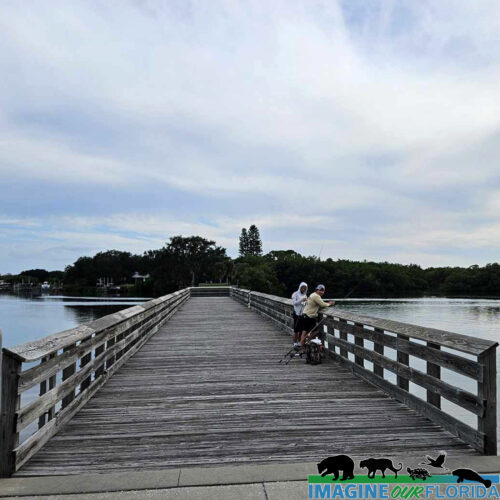
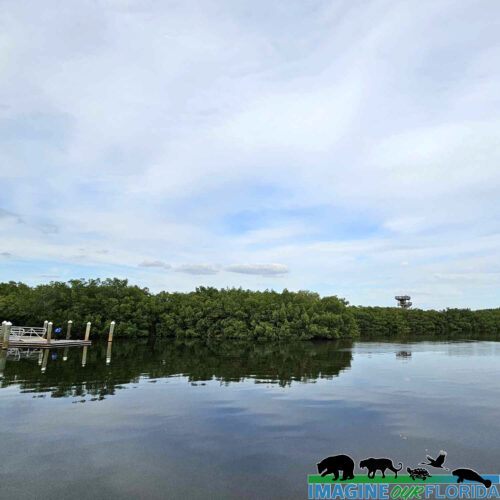
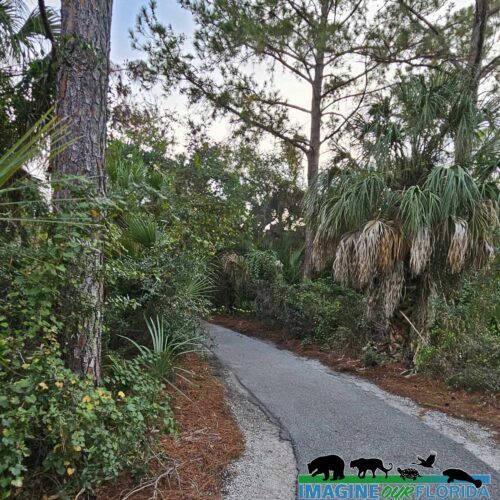
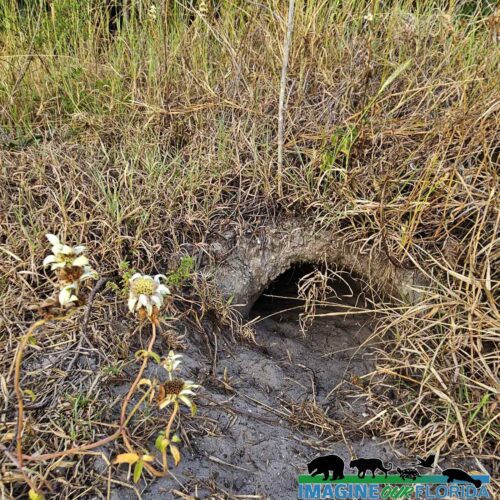
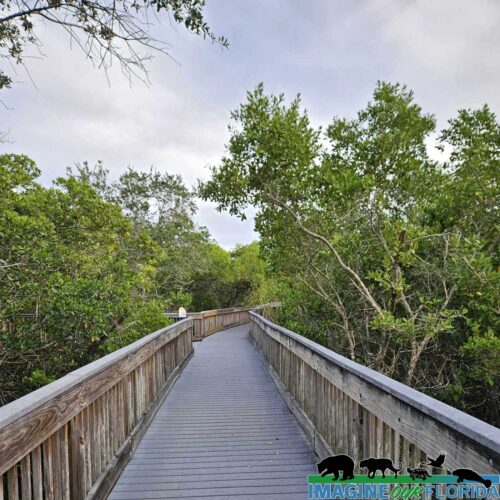
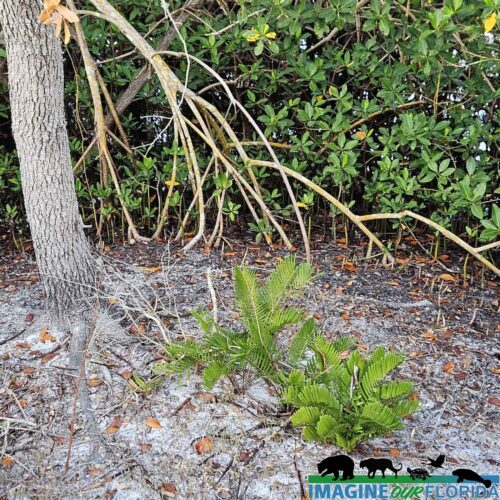
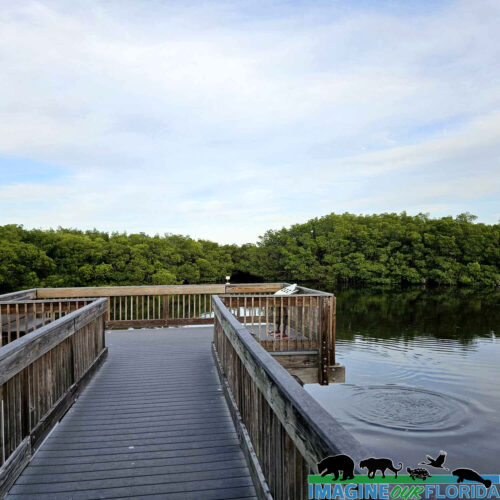
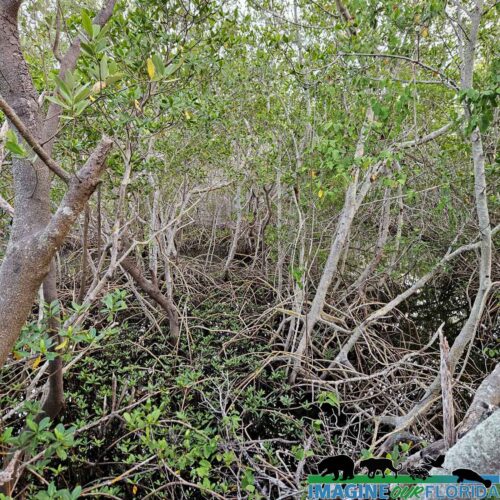
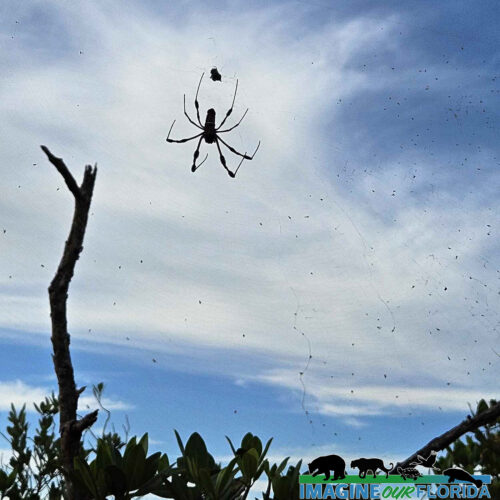
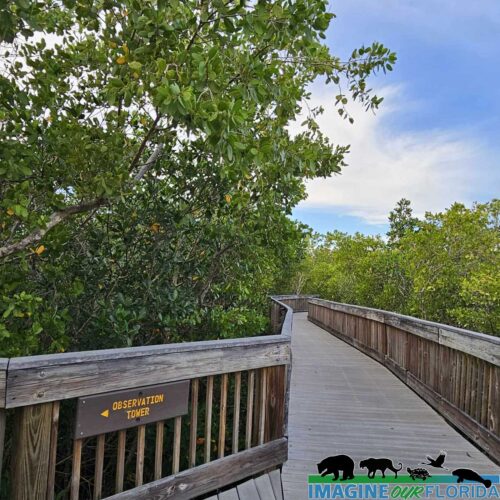
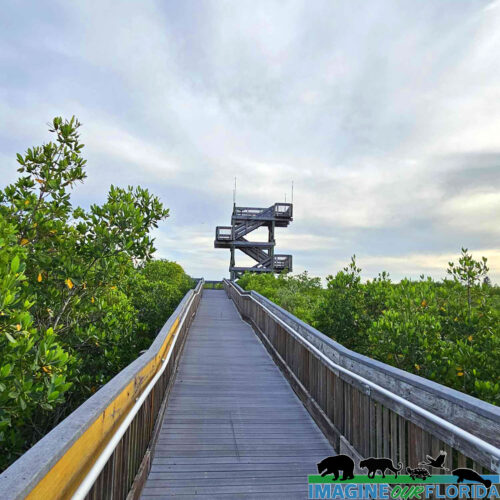
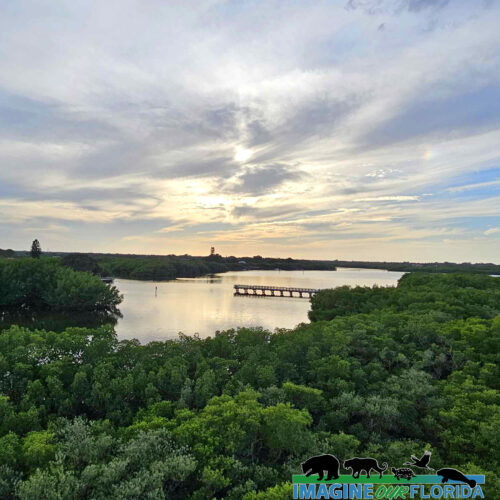
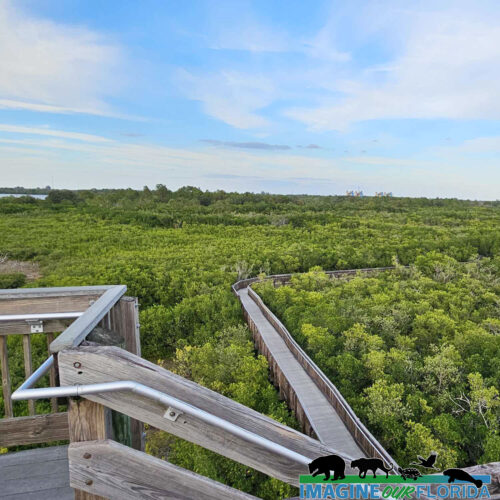
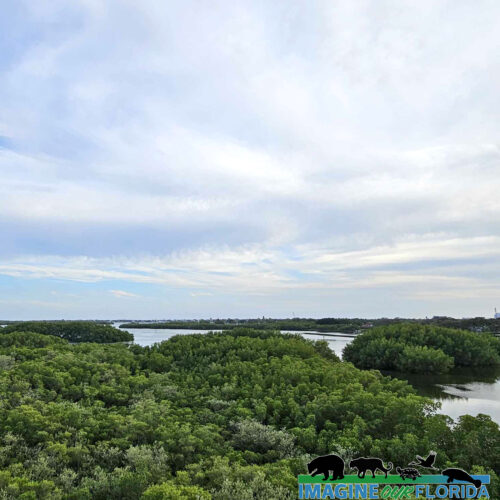
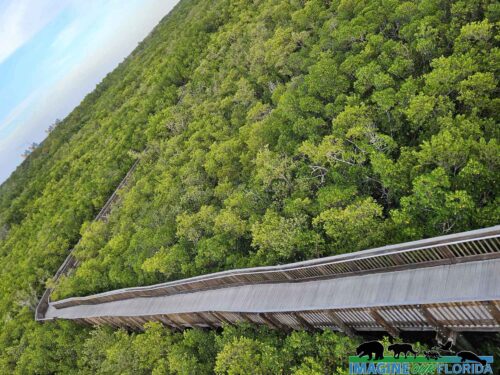
Great Blue Herons, Ardea herodias, are one of the most recognizable birds in Florida. The heron’s height and beautiful blue-gray plumage are hard to miss. They can reach 54 inches from head to tail, have a wingspan up to 75 inches, but weigh a mere 5-6 pounds.
You will most often find a Great Blue Heron standing alone at the water’s edge in saltwater or freshwater habitats. Fish, turtles, frogs, insects, birds, and rodents that pass within the area of the heron’s long neck are quickly snatched up by its powerful, long beak. Herons will also forage in fields or grasslands for frogs, birds, and small rodents.
During the breeding season, Great Blue Herons and their mates become part of a breeding colony that can include hundreds of pairs. Breeding colonies of Great Blue Herons are most often found in trees that are within 2-4 miles of their feeding areas. They may also be seen in mangroves, bushes, or on the ground. Males court females who lay 2-6 eggs. The couple shares the responsibility of incubating the eggs for up to a month and feeding the hatchlings for up to 3 months.
While Great Blue Heron’s remain mostly monogamous and enjoy the protection of the colony during the breeding season, for the rest of the year, they are solitary birds and will aggressively defend their feeding territory.
Photo Credit: Dan Kon and Andy Waldo
Rock pigeons, Columba livia, are one of the most recognizable birds in Florida. They can be seen walking on the ground foraging for seeds and grains in wild areas. You may even find them eating a berry or an insect. In residential areas, including cities, these pigeons will dine on human food that has been abandoned. They will often visit birdfeeders.
Colors vary immensely in these birds found year-round in Florida. Their nests made of sticks are most often found in sheltered human-made structures such as barns, bridges, warehouses, and attics. Rock pigeons lay 1 or 2 eggs up to six times each year. However, the North American Breeding Bird Survey found their population declined by 46% between 1966 and 2015.
Rock pigeons can carry bird mites which will bite humans, wildlife, and livestock. When preparing food outside and pigeons are present, take extra care to avoid Salmonella bacteria.
Fun Facts:
Charles Darwin compared wild pigeons to the pigeons he kept. His observations helped him develop the theory of evolution.
Pigeons use magnetic fields, the sun’s position, and smell to find their way home. The U.S. Army Signal Corps used these talented navigators to carry strategic and life-saving messages during World War I and II.
Photo Credit: Dan Kon
The Yellow-bellied Sapsucker, Sphyrapicus varius, is the only North American woodpecker that is fully migratory. They live and breed in North-eastern U.S. and Canada and spend their winters between the southern US and Central America. The male has a red throat as pictured here while the female’s throat is white.
From December – March, you may notice a line of holes in the trees and large shrubs in your garden. A Yellow-bellied Sapsucker has made sapwells where the sap of the tree can be harvested. Bats and other birds may visit the sapwells too. The holes produce no damage to the trees. The woodpecker’s favorite shrubs and trees include Viburnum, Waxmyrtle, Dahoon Holly, Live Oak, and Pine.
Recent Comments